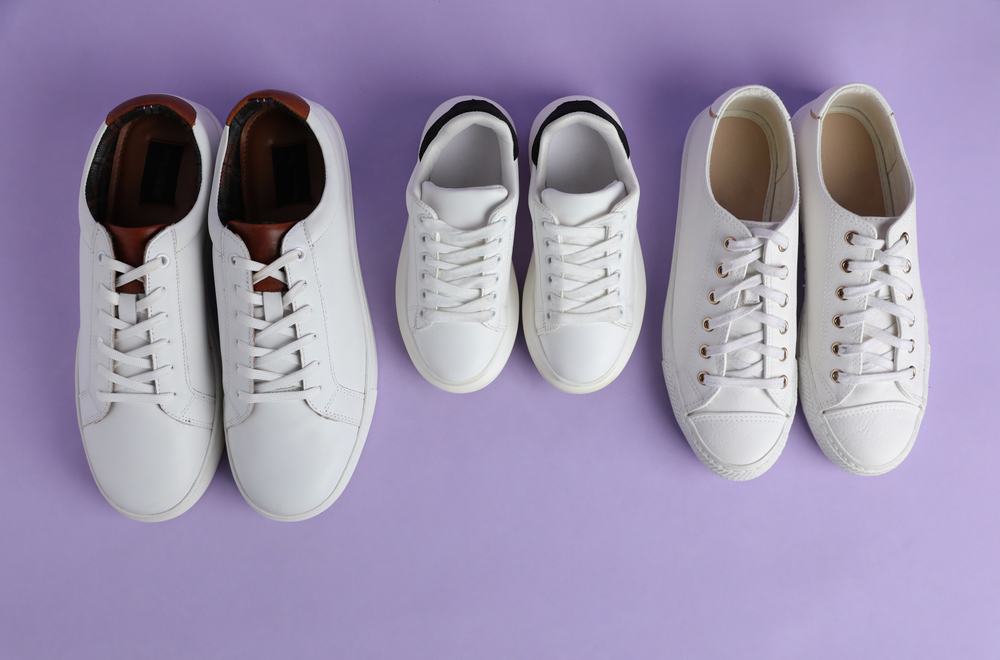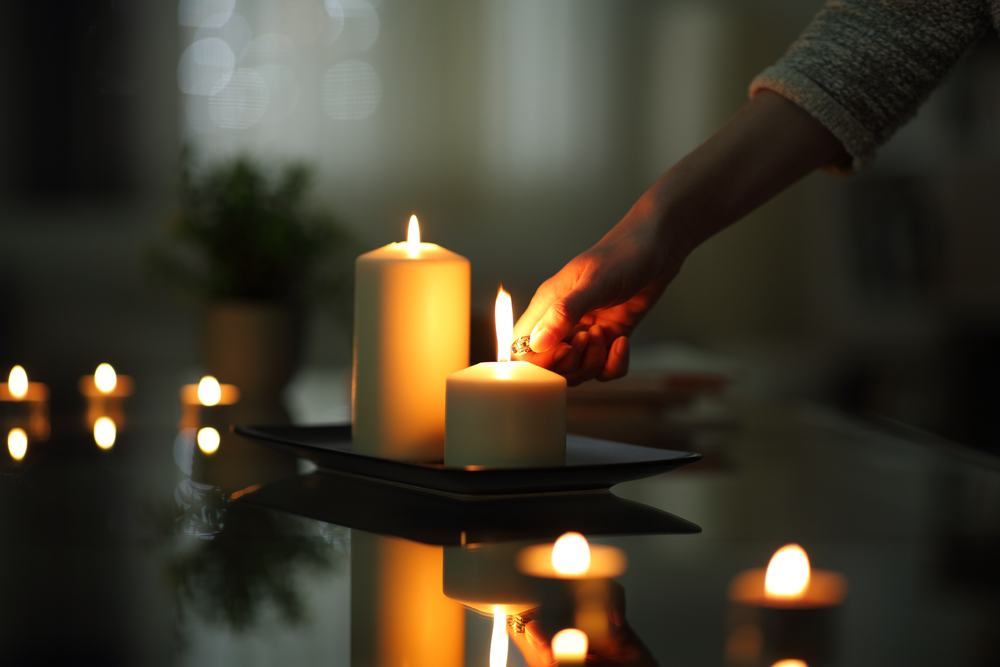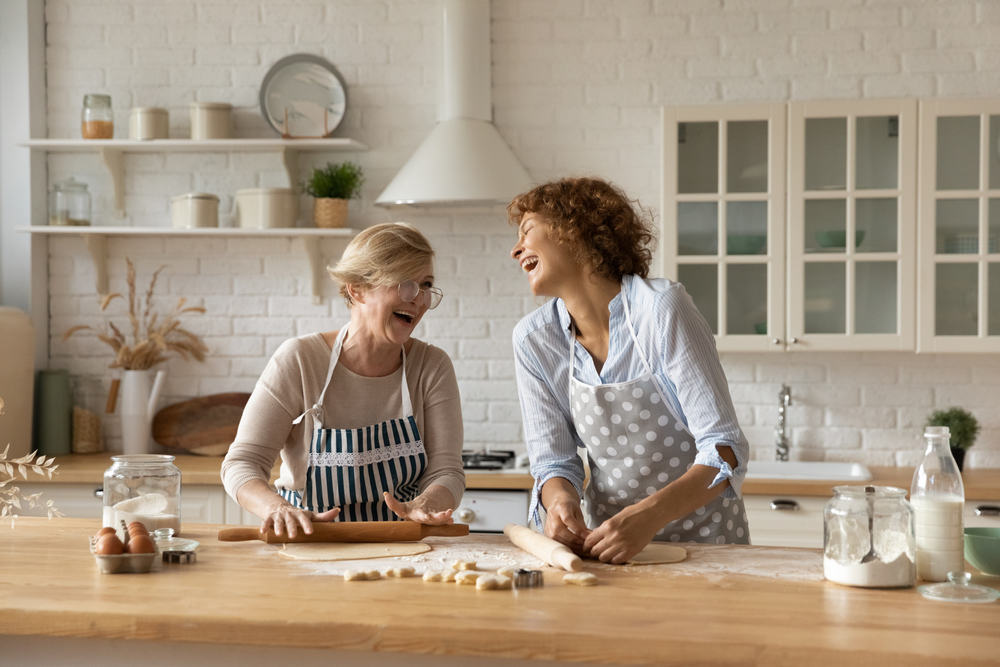Regular DealDash.com shoppers most likely noticed the same auction products are offered in different sizes. For example, the men’s leather shoes come in a variety of sizes.

What does size have to do with winning auctions? I once analyzed ring sizes and learned the smallest sized rings were easier to win than the larger sized rings, probably because most American women are bigger boned and have a much larger ring size than many women in other countries. When we win an auction (unless otherwise specified) we are given a choice to keep the item won and pay the selling price or exchange our win for free bids. If the product we win has a BIN of $800 we would most likely get the opportunity to get 800 free bids instead in exchange for the item. That means we do not have to shop for the right size if we can exchange the win for bids.
Some auction products could be easier to win simply based on size or color, so it might be worth looking at. Therefore, I decided to look at the men’s black and brown leather shoes.
Men’s leather dress shoes
The men’s leather dress shoes go up for auction in sizes 8, 9, 10, 11 and 12. I only looked at the two best deals won in each Size. I left out a few sizes if I could not find enough data or the data was too old.
In Black (Sizes 8, 9, 11)
- Dec. 26, Size 8 sold at $1.14 and the winner paid a total of $4.88 including the cost of the 23 bids placed;
- Dec. 28, Size 8 sold at $5.18 and the winner paid a total of $13.89 including the cost of the 63 bids placed;
- Dec. 25, Size 9 sold at 22 cents and the winner paid a total of $1.02 including the cost of the 5 bids placed;
- Jan. 1, Size 9 sold at $1.97 and the winner paid a total of $7.40 including the cost of the 36 bids placed;
- Dec. 23, Size 11 sold at 6 cents and the winner paid a total of 26 cents including the cost of the 1 bid placed.
- Dec. 31, Size 11 sold at 16 cents and the winner paid a total of 64 cents including the cost of the 3 bids placed.
In Brown (Sizes 9, 10, 12)
- Jan. 6, Size 9 sold at 94 cents and the winner paid a total of $5.94 including the cost of the 25 bids placed;
- Jan. 6, Size 9 sold at $2.00 and the winner paid a total of $14.80 including the cost of the 64 bids placed;
- Dec. 31, Size 10 sold at 28 cents and the winner paid a total of $1.07 including the cost of the 5 bids placed;
- Dec. 31, Size 10 sold at 39 cents and the winner paid a total of $1.10 including the cost of the 5 bids placed;
- Jan. 4, Size 12 sold at 83 cents and the winner paid a total of $2.83 including the cost of the 10 bids placed;
- Dec. 25, Size 12 sold at $1.16 and the winner paid a total of $4.32 including the cost of the 21 bids placed.
You might want to know what I learned from the above data. Me, too. I have not yet figured it out, but after looking it over I can come to a few conclusions:
- The best deals DealDash shoppers won in the men’s black leather shoes were in Size 11;
- The best deals DealDash shoppers won in the men’s brown leather shoes were in Size 10;
- DealDash shoppers won great deals in all sizes of the men’s leather shoes;
- DealDash shoppers won the best deals when shopping for the brown leather men’s shoes over the black. The difference is very insignificant, however, it might indicate shoppers prefer to shop for the black men’s shoes over the brown.
Of course, there are a lot of different ways to look at and calculate data, and I only used data from the best deals won in each Size. If I were to take data from the last 10 winners in each Size instead of only using the best deals won, I might have come up with different conclusions.
This sponsored blog post was submitted by: Barbara L. Sellers. Barbara was compensated by DealDash for this blog post. Blog posts are written by real DealDash customers. The opinions and advice here represent our customers’ views and not those of the company.




